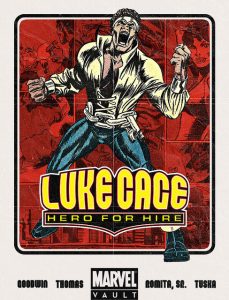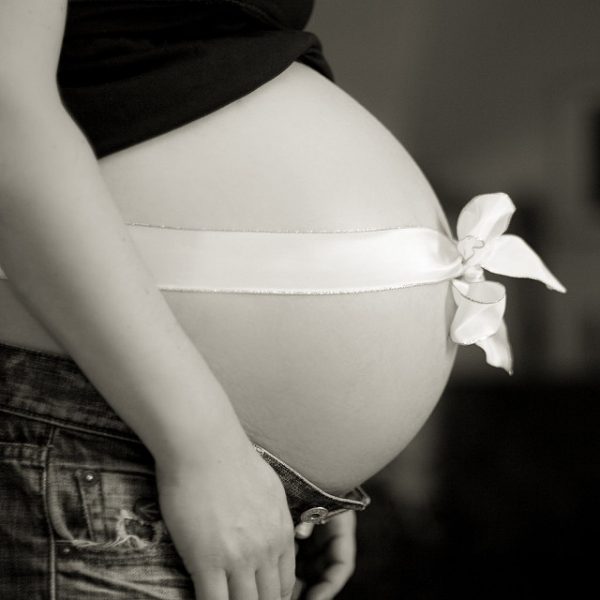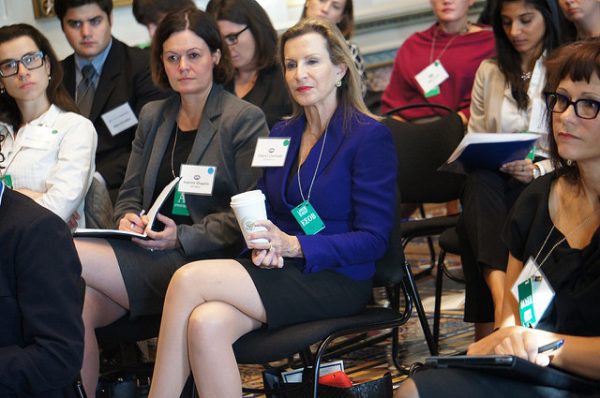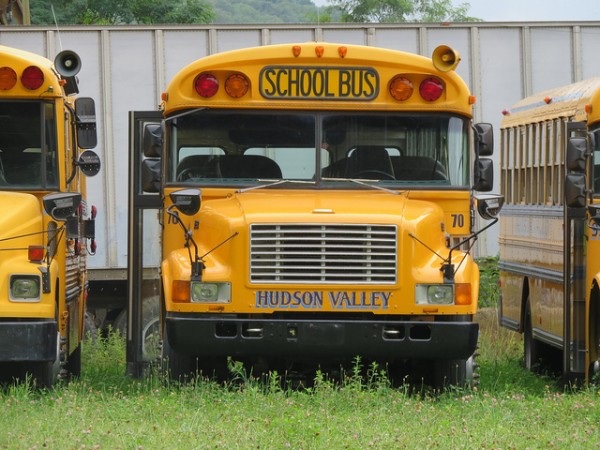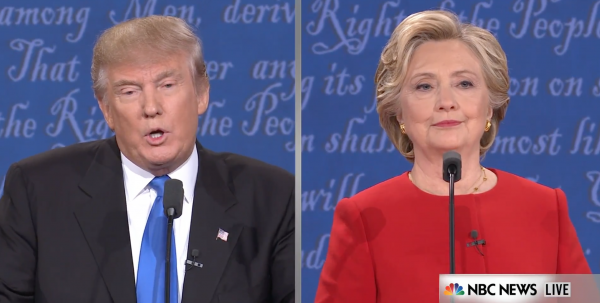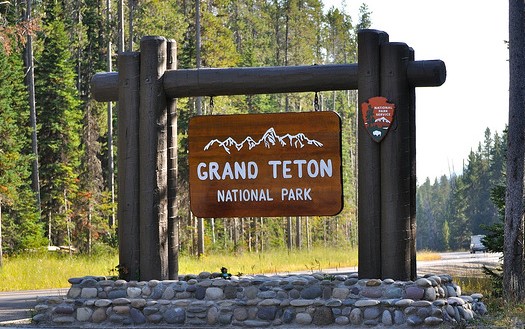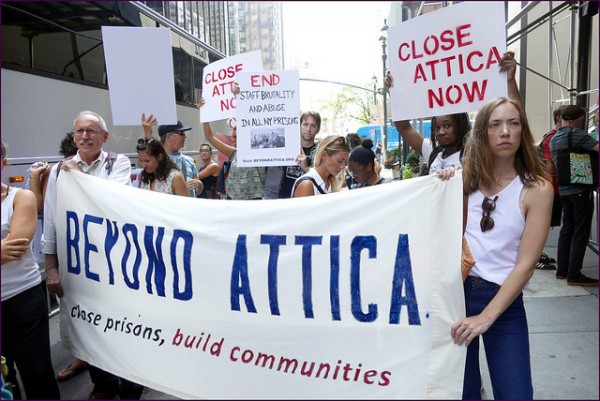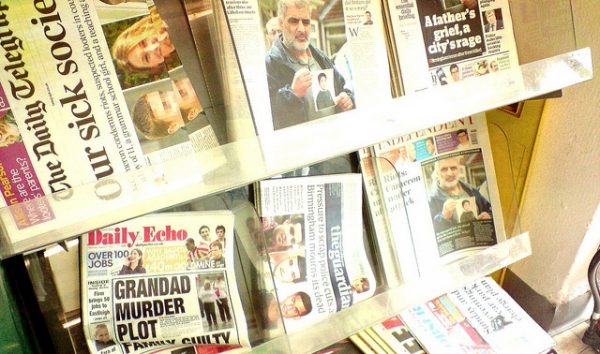
The ways that non-Western victims of violence and poverty are portrayed in the news is problematic. For example, on the 6th of October this year, The New York Times had an above-the-fold image of migrants on its front page. The image was of several dead and dying African migrants on a boat and, troubling as this may be, the image was not an anomaly. Consider the images we have recently seen from Syria — from the drowned child on the beach to the dazed child covered in dust pulled out of a bombed building. Social scientists explains how the choice to use these kinds of images is neither an objective nor an accidental process.
News images are rarely meant to teach us something new, rather, they are meant to reaffirm what we already know while tugging at our heartstrings. Nowhere is this more evident than during instances of instability and violence in the Global South. Even in death and suffering, non-Western victims are denied their privacy; their pain is meant to be consumed by the audience while reaffirming real and symbolic differences.
- Barbara Rosenblum. 1978. “Style as Social Process.” American Sociological Review 43:422–38.
- Keith Greenwood and C. Zoe Smith. 2007. “How the World looks to Us: International News in Award-winning Photographs from the Pictures of the Year, 1943-2003.” Journalism Practice 1(1): 82-101.
- Marta Zarzycka and Martijn Kleppe. 2013. “Awards, Archives, and Affects: Tropes in the World Press Photo Contest, 2009-11.” Media Culture and Society 35(8): 977-995.
Images of pain and suffering are less about an increase in “bad” things happening and more about how we understand the consumption of pain, suffering, and death of victims that are “Other.” They allow us to consume the pain of others from the comfort of our living rooms while reminding us of how “good” we have it.
- Kari Andén-Papadopoulos. 2008. “The Abu Ghraib torture photographs: News frames, visual culture, and the power of images.” Journalism 9(1): 5-30.
- Alexander Nikolaev. 2009. “Images of War: Content Analysis of the Photo Coverage of the War in Kosovo.“ Critical Sociology 35(1):105-130.
In the case of Africa and Africans especially, the use of images has a long and troubled history. Research continually shows that images of Africans are often steeped in stereotypes of Africans as simplistic, tribal, “noble savages,” and primitive.
- Guy Berger. 2010. “Image Revisions: South Africa, Africa, and the 2010 World Cup.“ Equid Novi: African Journalism Studies 31(2):174-190.
- Melinda Robins. 2003. “‘Lost Boys’ and the Promised Land: US Newspaper Coverage of Sudanese Refugees.“ Journalism 4(1): 29-49
The defining images of 1960s Africa are of starving Biafran children. The image of the 1990s is that of a vulture stalking an emaciated Sudanese child near the village of Ayod in South Sudan by Kevin Carter. Such images often reaffirm stereotypes of the continent and its peoples as ‘starving’, ‘chaotic’, or ‘sick’. This history makes it possible to plaster images of dead and dying migrants on a boat across the front page of an American newspaper with little to no discussion of the structural factors leading to their deaths.
- Jo Ellen Fair and Lisa Parks. 2001. “Africa on Camera: Television News Coverage and Aerial Imaging of Rwandan Refugees.” Africa Today 48(2): 35-57.
- Minabere Ibelema. 2014. “Africa’s Otherness: Changes and Resilience in News Coverage.“ Journalism & Communication Monographs 16(2): 162-217.
- Austin Okigbo and Bellarmine Ezumah. 2015. “Media Health Images of Africa and the Politics of Representation: A South African AIDS Choir Counter-Narrative.” Journal of Asian and African Studies.

